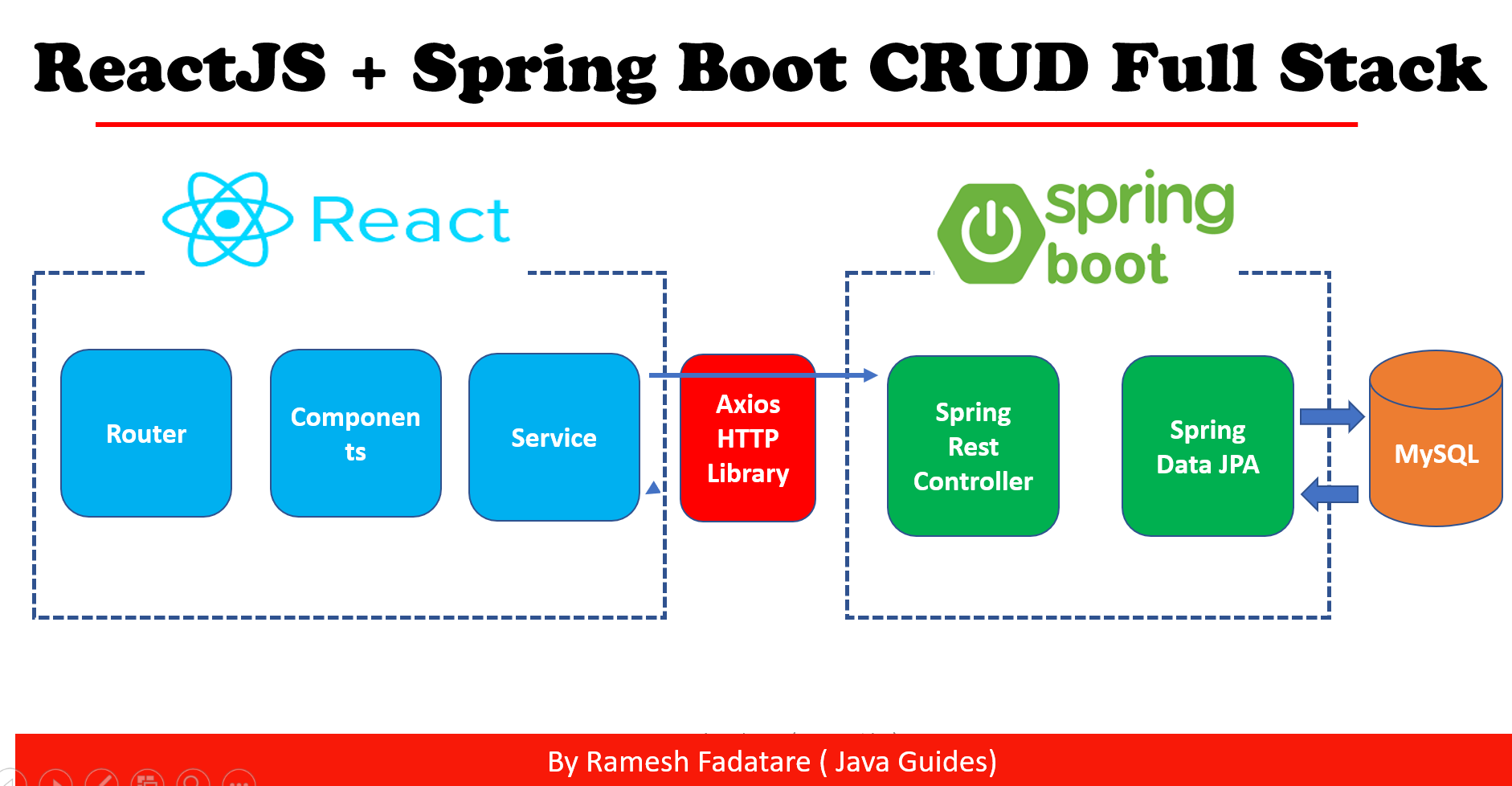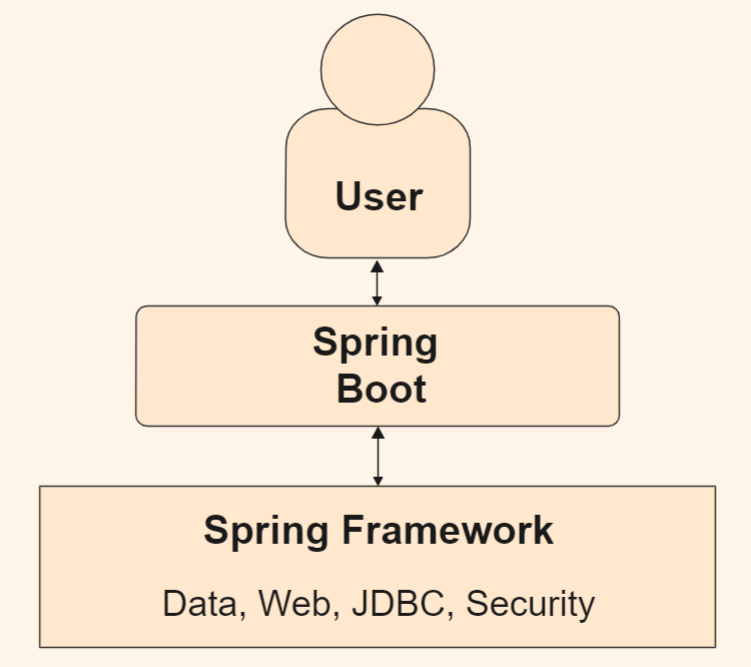

The annotation sinalizes to Spring Boot that this is a spring managed component, the prepares the REST endpoint root context for endpoints added to this class and map them as "/api", the registers the context "/hello" to receive HTTP GET requests and finally the registers a query string for the GET call with the key "name".Īs before anytime you want to run from the command line you can build and run: mvn clean package & mvn spring-boot:run. Let's now create the simplest possible REST endpoint, create a java class on the same package level where you have the FirstappAplication.java definition, in my case package io.stockgeeks.firstapp, call it: HelloSpringRest.javaĮnter fullscreen mode Exit fullscreen modeĪll it takes to create REST endpoints with spring is some annotations and few lines of java code. Spring Boot automatically add the public folder content to be served, it also by default enables other paths under resources:

To finish with something more useful let's add a REST endpoint and a static HTML page.Ĭreate a folder named public and add an index.html page with any content you want under /src/main/resources/public.

Once you see the message: Tomcat started on port(s): 8080 (http) you have your Spring Boot Application Running. Java -jar target/firstapp-0.0.1-SNAPSHOT.jar Or using java to run the generated jar file: If you list the contents of the target folder you should see a file with the name firstapp-0.0.1-SNAPSHOT.jar, this is the file containing your executable application, it has an embedded java enabled Web Server, which by default is Apache Tomcat but you can also pick others. gitignore file as you don't want to commit this folder's contents at all, this folder is where you will also find all compiled and packaged structure generated by the build and packaging process. Now you'll have a target folder created, this folder is completely generated during the build process and you can remove it at any time. You should see a BUILD SUCCESS message like the screenshot below: If you're using an IDE you can now load this folder in it and it should recognize it as a maven project, but for now, we're going to run the application using the command line.ĭownload the dependencies, compile it and generate an executable jar file using maven:
#Spring boot course zip file#
Navigate to the folder where you extracted the zip file and check the files in there, you should have a pom.xml file which is the maven parent pom for your project. Make sure you have Java 11 and maven installed. Extract the zip file with your preferred compression tool.
#Spring boot course download#
#Spring boot course for android#
Spring boot is a framework that applies a lot of opinionated configurations by default, which makes it a very simple framework to start developing within the Java ecosystem, it also has great support for testing, good support for Kotlin although I would recommend caution and would wait before using heavily on the server side to run Kotlin projects in production, for Android development its another story, Kotlin is currently the recommended language to use. The goal of this post is to enable you to run your first Spring Boot Application as most of my posts here will require you to start from there.


 0 kommentar(er)
0 kommentar(er)
